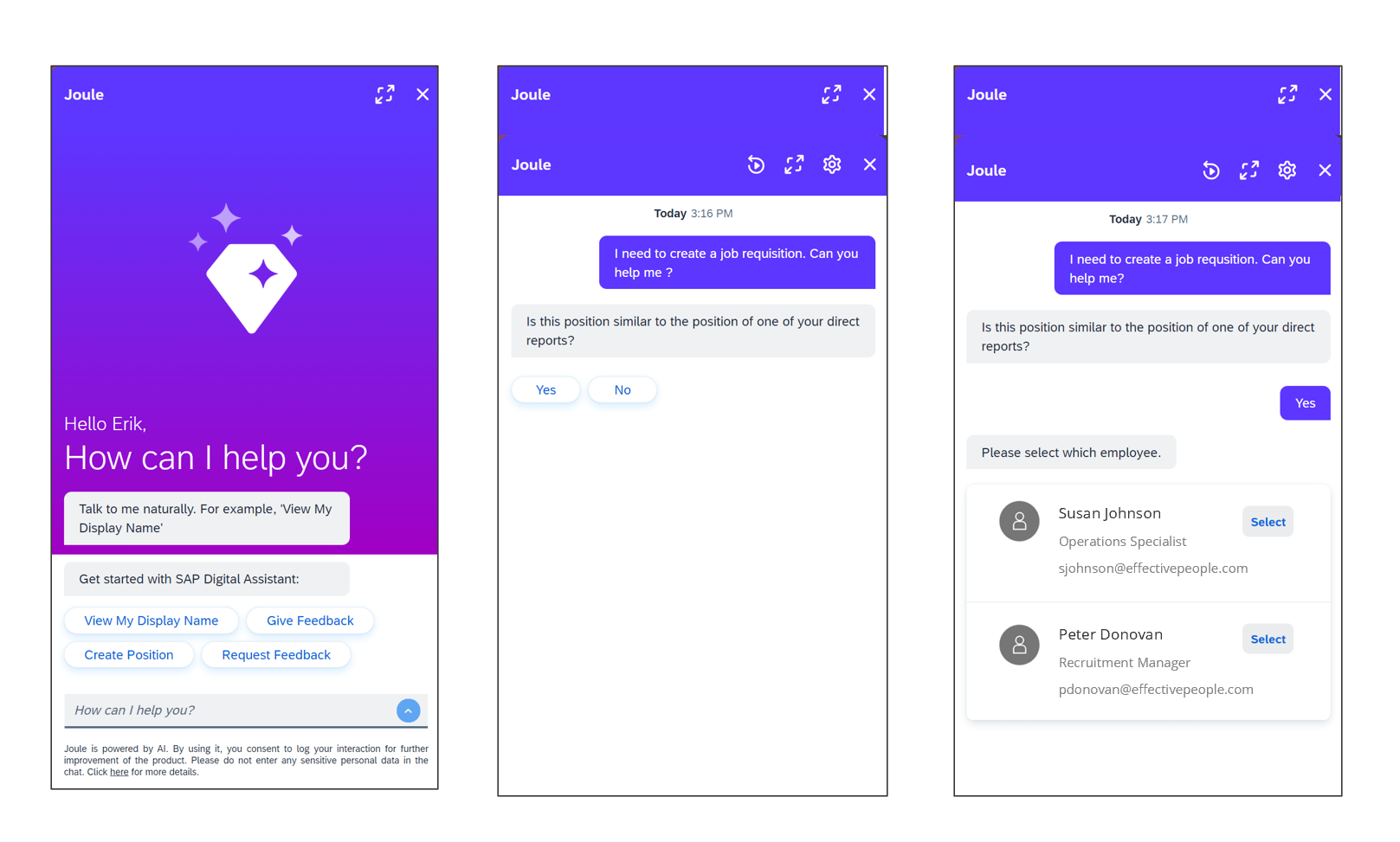As we know, AI is constantly evolving and companies want smarter tools. SAP Joule is a fresh, generative AI assistant.
It will completely transform your business operations.
In this post, we’ll focus on its core, functionalities, and impact on finance.
What is SAP Joule?
It’s crucial to highlight SAP Joule isn’t your run-of-the-mill AI assistant.
This tool has been sculpted keeping the modern business framework in mind.
By leveraging the power of generative AI, it offers multifaceted capabilities.
More than just taking commands, it crafts content. Furthermore, it dives deep into analytics.
Also, it’s proactive, predicting potential business needs.
Envision a digital partner, perpetually geared up, assisting every step of the way.
Anticipation: SAP Joule’s Winning Card
Anticipation sets it apart. Think of it as a vigilant ally and it’s always analyzing, always alert.
Additionally, it understands patterns swiftly, recognizes looming challenges, and identifies opportunities.
All these, often even before you pinpoint them yourself.
Integration: Seamless and Smooth
Businesses evolve and so do their tools.
SAP Joule is designed to fit like a glove with existing systems.
Whether you’re using familiar platforms or venturing into new digital terrains, SAP Joule ensures continuity.
It bridges gaps, making transitions smoother and ensuring a cohesive AI experience.
When Can We Expect SAP Joule?
The expected launch is later this year.
As its release draws near, businesses should be on their toes.
Because when SAP Joule arrives, it’s bound to be a hot commodity.
SAP Joule’s Functionalities
It’s versatile and impressive. Here’s why:
- Content Creation: It transcends basic data retrieval. Also, its prowess lies in its ability to generate content. Whether it’s crafting succinct emails or authoring comprehensive business reports, it excels.
- Adaptive Learning: This tool is not static, on the contrary, it evolves. The more you collaborate with it, the more it refines its assistance. Its learning curve ensures a tailored experience.
- System Integration: Compatibility is key and therefore, it’s important that it harmoniously melds with a range of SAP platforms.
- Proactive Alerts: It is always there and it doesn’t just react; it preemptively notifies users of potential challenges. Moreover, it recommends strategies and even foresees business trends.
Impact on Finance
Finance professionals take note. It will be a game-changer.
Here’s how:
- Automated Reporting: It brings automation to the forefront. Crafting intricate financial reports is now a breeze, freeing up valuable hours.
- Precision Forecasting: It boasts stellar analytical skills. It sifts through data, offering sharp insights, making financial forecasting an art of accuracy.
- Enhanced Efficiency: The tedious chores that often bog down finance teams? SAP Joule effortlessly manages them. This ensures that the focus remains on strategic planning.
- Swift, Informed Decisions: Real-time insights are SAP Joule’s forte. Therefore, this means that every decision made is timely, data-backed, and astute.
Wrap-Up
In summary, SAP Joule is the tool of the future.
It combines generative prowess with learning capabilities.
Once available, it’s bound to redefine AI in business.
For finance professionals, it is a tool to watch and embrace.



